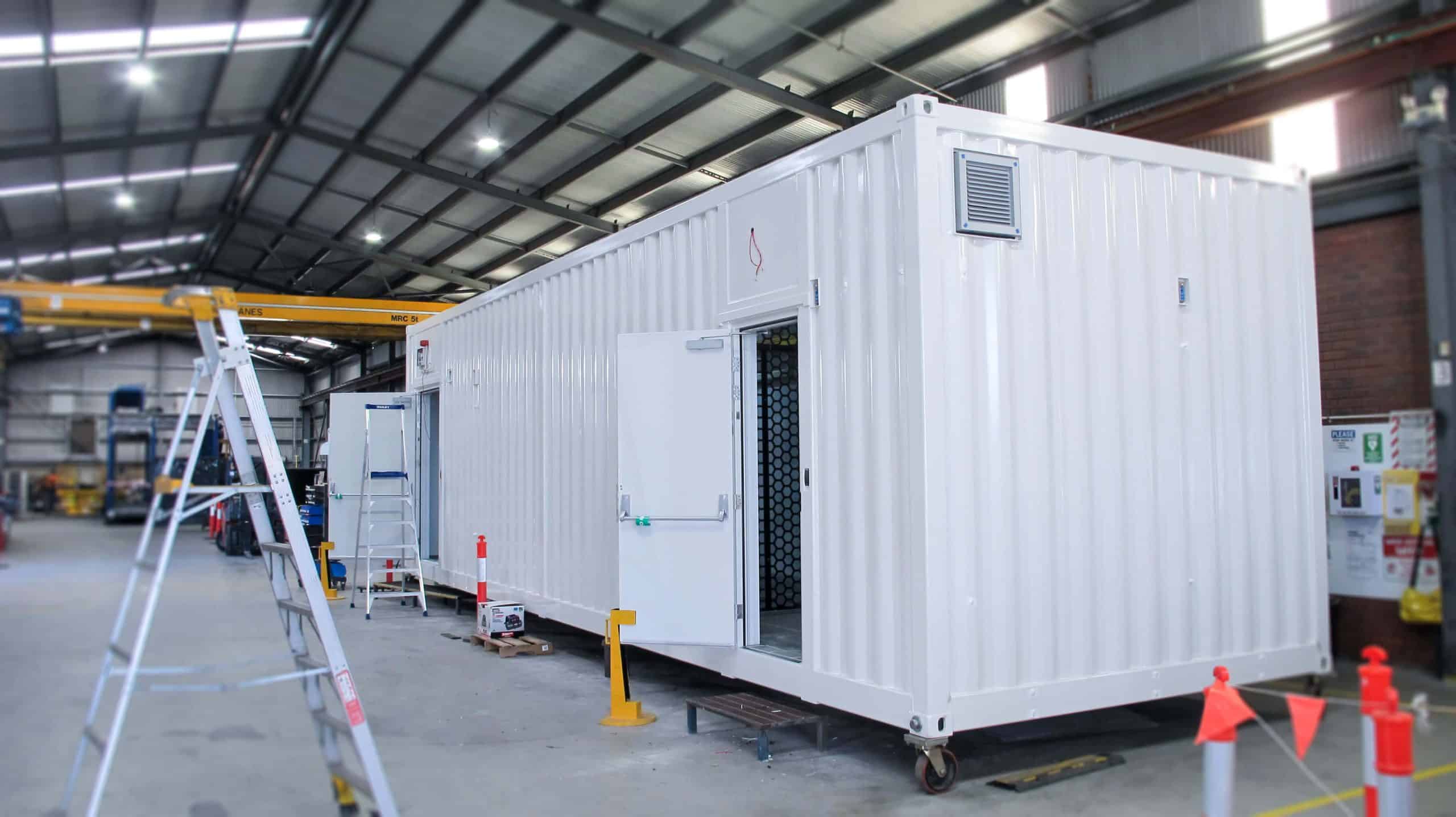The humble cable landing station is a vital component of the global telecommunications infrastructure. These unassuming buildings house the termination point of undersea fiber-optic cables that carry the vast majority of international data traffic. Without them, the world as we know it today would not be possible. Undersea cables have become the backbone of global communication, with over 1.2 million kms of cable crisscrossing the ocean floor.
So what exactly does a cable landing station do? Essentially, it’s the place where undersea fiber-optic cables come ashore and are connected to the terrestrial network. The cables themselves are incredibly thin, with a diameter of just a few inches, and are made up of several strands of glass fiber.
Once the cables are connected to the landing station, the data they carry can be transmitted to the rest of the network via a series of switches and routers. This data can be anything from emails and instant messages to high-definition video and virtual reality experiences.
The importance of cable landing stations can’t be overstated. In an increasingly connected world, where the internet is the lifeblood of many industries and economies, reliable and secure connectivity is vital. Cable landing stations provide that reliability and security, ensuring that data can be transmitted quickly and efficiently between different parts of the world.
It’s worth noting that cable landing stations are also subject to strict security measures, as they are considered critical infrastructure. This includes physical security measures like fences, cameras, and guards, as well as cybersecurity measures like firewalls and encryption.
The cable landing station may not be the most glamorous part of the telecommunications infrastructure, but it plays a vital role in keeping the world connected. Without these buildings, we wouldn’t be able to enjoy the benefits of a truly global network.

“As of 2021, there are over 1.2 million kms of submarine cable spread across the world’s oceans, enough to circle the Earth 30 times over.”



Looking for a CLS Solution?
Choose our expert team for cable landing station manufacturing and experience tailored, efficient, and effective data centre solutions. Let us handle everything from design to assembly.
Click here to download our CLS Data Sheet or email us directly at info@dxn.solutions
Click here for Telegeography’s Submarine Cable Map 2023.
This map depicts 529 cable systems and 1,444 landings that are currently active or under construction.
The major considerations when implementing a cable landing station:

Location:
The location of a cable landing station is critical for several reasons. Firstly, it needs to be near a coastline where undersea fiber-optic cables can come ashore. Secondly, the location needs to be easily accessible to ensure that maintenance and repairs can be carried out quickly and efficiently. Finally, the location needs to be secure, with appropriate security measures in place to protect the critical infrastructure.

Capacity and Scalability:
A cable landing station needs to have the capacity to handle large amounts of data traffic, both now and in the future. This requires careful planning and design to ensure that the station is scalable and can be upgraded as demand for data increases. Additionally, redundancy and backup systems must be in place to ensure continuity of service in the event of an outage or failure.

Regulations and Compliance:
Cable landing stations are subject to a range of regulations and compliance requirements. These include environmental regulations, such as ensuring that the station doesn’t have a negative impact on marine life, as well as cybersecurity regulations to protect against threats and attacks. It’s important to work closely with regulatory bodies to ensure that the cable landing station is fully compliant and meets all necessary standards.
Did you know:
The first cable landing station was built in 1850 in Valentia Island, Ireland, to connect Britain and Ireland with a submarine telegraph cable. The station was constructed by the Atlantic Telegraph Company, and the cable laid between Ireland and Newfoundland, Canada. This was a groundbreaking achievement at the time, as it allowed messages to be transmitted almost instantly between Europe and North America. The cable itself was made of copper wire and gutta-percha insulation, and was able to transmit up to 8 words per minute. The success of the Ireland-Newfoundland cable led to further expansion of undersea telegraph cables, and paved the way for the modern global telecommunications infrastructure that we rely on today.



